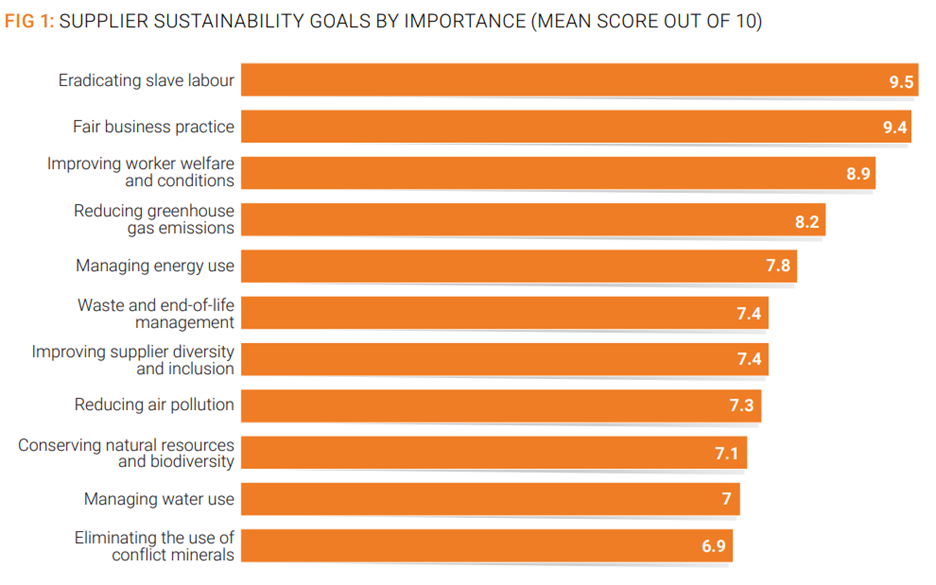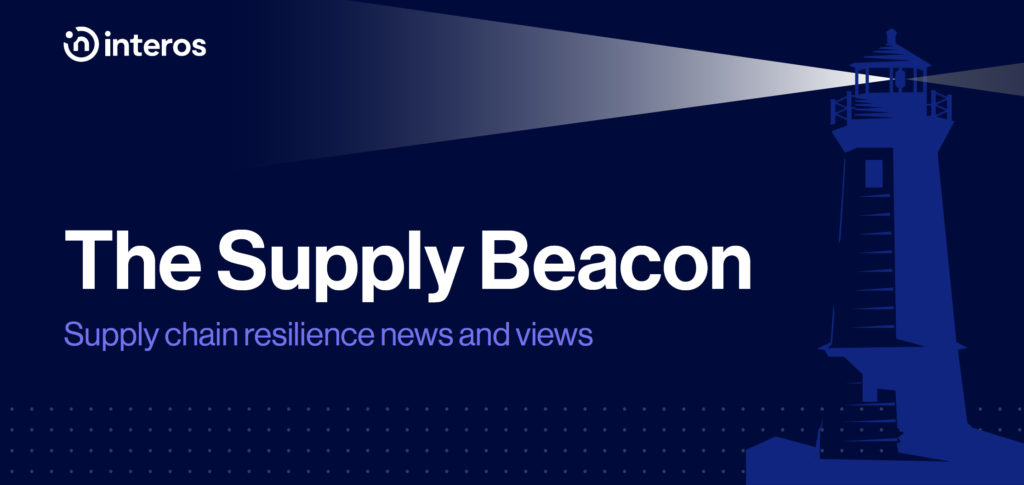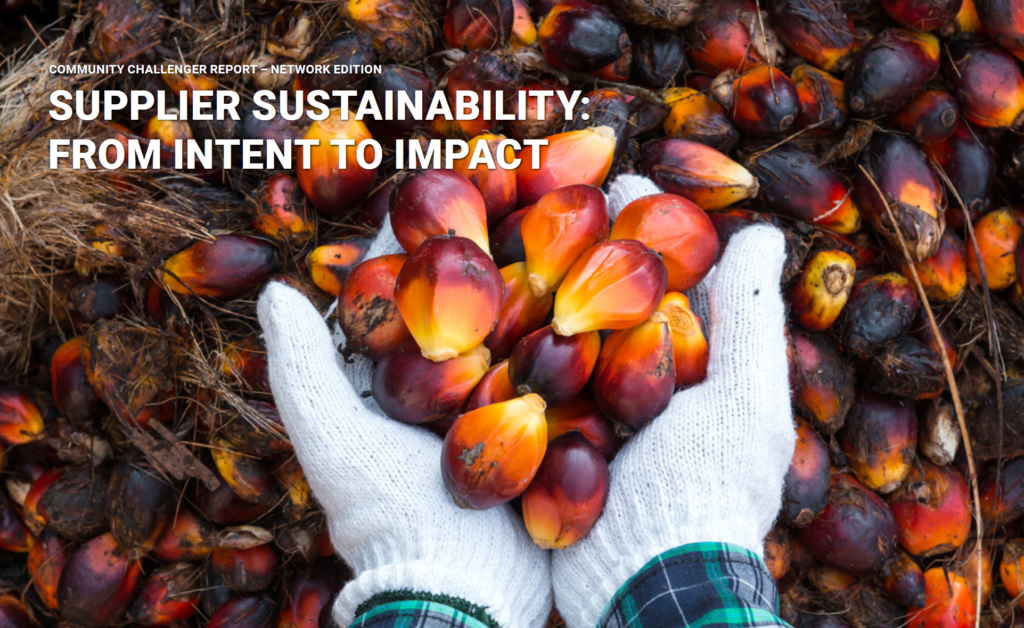Companies today want to create a sustainable supply chain – but they often lack the data and visibility into their partners to truly meet their sustainability goals, according to new research from Interos and Procurement Leaders.
The report — “Supplier Sustainability: From Intent to Impact” — revealed that 37% of responding businesses struggle to obtain the data to measure supplier sustainability accurately.
Businesses have long relied on suppliers to self-attest to their sustainability and ethics status. This information is often inaccurate and submitted through a cumbersome manual process on an annual basis. Given the rapidly changing nature of the modern supply chain ecosystem, periodic self-reporting is no longer adequate, but it is still the method 74% of businesses rely on, according to our study.
This lack of trustworthy information leads to real-world problems: 41% of organizations reported that ESG-related risk factors had caused detrimental impacts to their business in the past two years, making it harder to achieve a sustainable supply chain.
Get Ahead of the ESG Sea-Change
To make meaningful progress towards creating a sustainable supply chain, companies first need accurate information on the companies they work with directly and indirectly. This is where Interos comes in. Our cloud-based, artificial intelligence platform monitors more than 80,000 data streams to provide visibility into your suppliers’ risk posture as it changes, not 9 months after-the-fact.
Per Procurement Leaders: “The path forward is clear: companies looking to get ahead in public opinion and compliance will benefit from adopting automated solutions that leverage machine learning and AI.” “Automated solutions are the only type that can scale to match the size and speed of the global economy and represent the best path forward to defeating ESG risk in the supply chain.”
While many companies have a good understanding of the partners they directly interact with (their Tier-1 suppliers, also known as first parties), they often lack any visibility beyond that point. Procurement Leaders found that while 79% of procurement teams regularly engage with Tier-1 suppliers, that number quickly drops to 35% for Tier-2 suppliers and just 9% for Tier-3 and beyond.
This lack of visibility can cause tremendous peril, as we’ve seen over the past two years of intense disruption, laying bare the fragility of the global supply chain. For instance, a shutdown at a lower-tier supplier – like a factory shutting down due to a Covid outbreak – can cause ripple effects all the way up the chain to the consumer. When procurement teams set their sights on a truly sustainable supply chain, improved visibility is urgent.
The Supply Chain Sustainability Report Reveals The Cost of Inaction
The Interos Annual Global Supply Chain Report found that supply chain disruptions cost large companies, on average, $184 million a year. Combatting that costly disruption can have many benefits in addition to the potential for significant cost savings. Improving supply chain visibility can also help reduce reputational risk and enhance regulatory compliance while increasing rates of innovation and attracting more talent. A transparent, sustainable supply chain also shows customers you operate an ethical company that cares about its community and the environment.
As our survey showed, businesses rated eradicating slave labor and using fair business practices as their most important sustainability goals:

The Sustainable Supply Chain is a “Board-Level” Priority
The potential opportunities and challenges of today’s supply chain make it an issue the entire C-suite and board should know and understand. Thankfully, business leaders are beginning to understand this dynamic and see the sustainable supply chain as something more significant than just the domain of a chief procurement officer or a logistics team.
On average, corporate boards are meeting to discuss supply chain risk 22 times each year. In addition, 50% of supply chain leaders report that the issue of supply chain risk will be their organization’s top business priority in two years. Just a few years ago, maintaining a sustainable supply chain was barely on the corporate leadership agenda, consigned to the remits of procurement and security leaders. It is now top-of-mind for the most senior executives, and companies looking to protect their reputation and bottom-line will need to take action on ESG risk.
For more information on reducing your supply chain risk, and to download the full sustainability report, please click here. To learn more about Interos, visit interos.ai.



